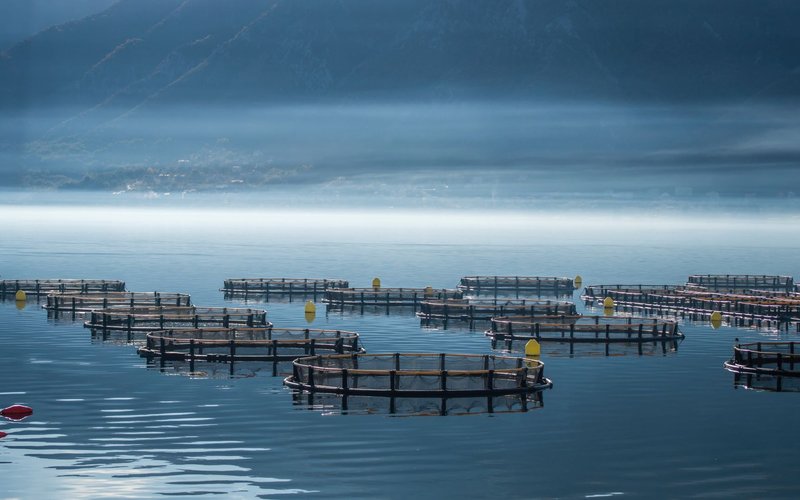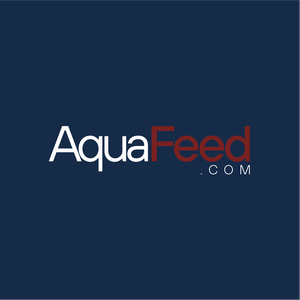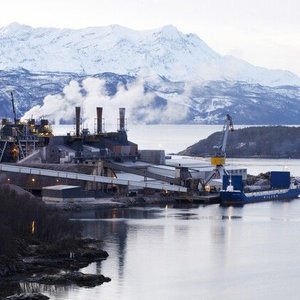Aquaculture is widely regarded as a more sustainable alternative to livestock production. It is considered to be an essential part of the food system, providing for the growing demand for protein while minimizing environmental impacts. However, the value in this sector is still heavily impacted by environmental, social and corporate governance (ESG) issues. Fish farming is heavily dependent on environmental conditions and ecosystem services – in some ways more so than chicken and pork, as the latter are mostly raised in controlled, indoor environments.
FAIRR's Coller FAIRR Protein Producer Index assessed ten aquaculture companies, all of which predominantly produce salmon and six multiple protein producers that engage in aquaculture production. A new special report, ESG Risks and Opportunities in Aquaculture, looks at the results of the 2020 assessment of these companies and provides an overview of broad trends impacting this sector including disease management and climate-related risks such as sea-level rise, feed scarcity and algae blooms.
Disease management is a highly material issue that every animal producer must manage, including salmon producers, as animal mortalities constrain production. This has been a particularly prevalent issue in Chile, where salmon production has been troubled by outbreaks of Salmon Rickettsial Syndrome (SRS). This disease is commonly treated with antibiotics, explaining Chile’s extremely high antibiotic use versus other salmon-producing countries, but vaccine trials and improvements to broodstock may help mitigate this issue.
Climate change presents a long-term systemic risk to salmon farmers. It exacerbates the risk of diseases that impact salmon and impacts both the availability of soy and marine raw material inputs and the suitability of certain areas for salmon farming. However, FAIRR’s research has found that only one of the salmon-producing companies has conducted a climate scenario analysis.
The report also considered whether new land-based recirculating aquaculture systems (RAS) can address the sustainability challenges in this sector. “While RAS presents an opportunity to reduce greenhouse gas emissions for products exported to distant markets in East Asia and parts of the U.S., the high capital expenditure and teething problems with this new technology mean it is not likely to fully meet expected demand for salmon in the future,” the report states.
Download the report below.
FAIRR also recently launched an engagement with eight global salmon companies on diversifying their feed sources to mitigate climate and biodiversity risks.










